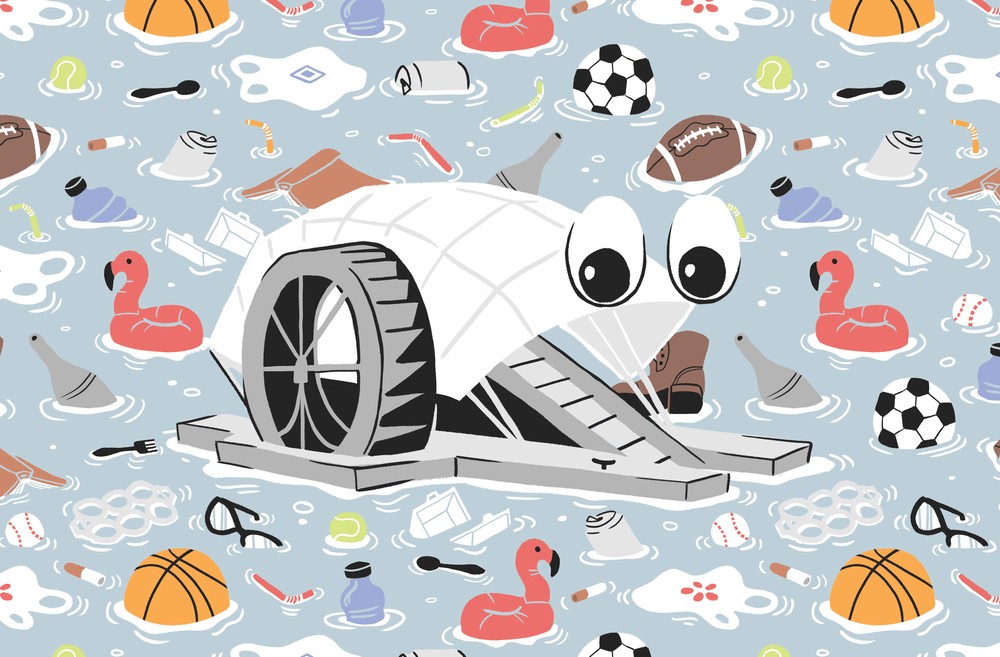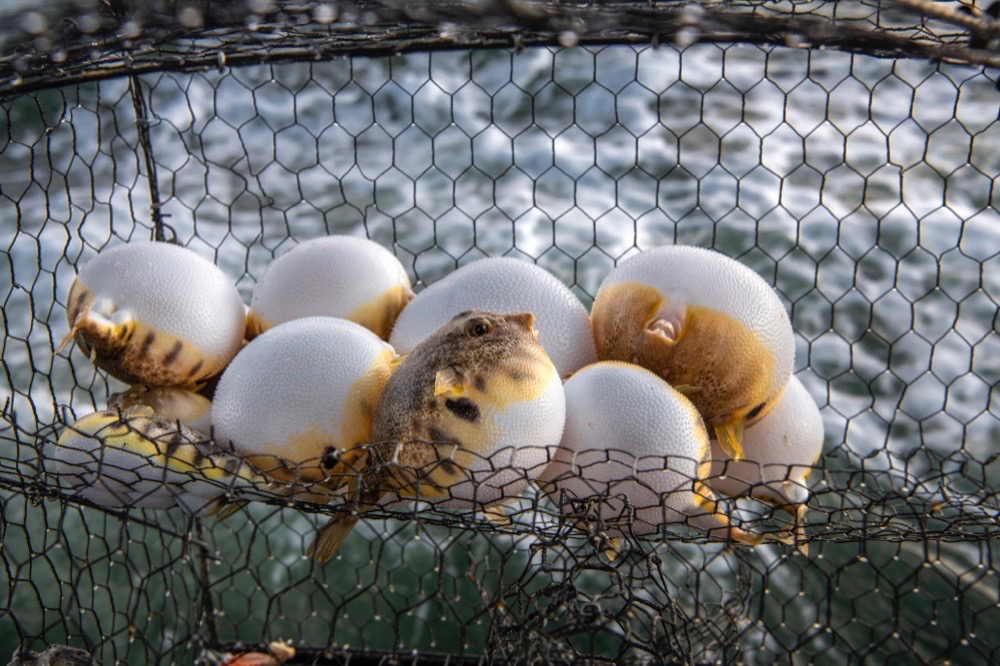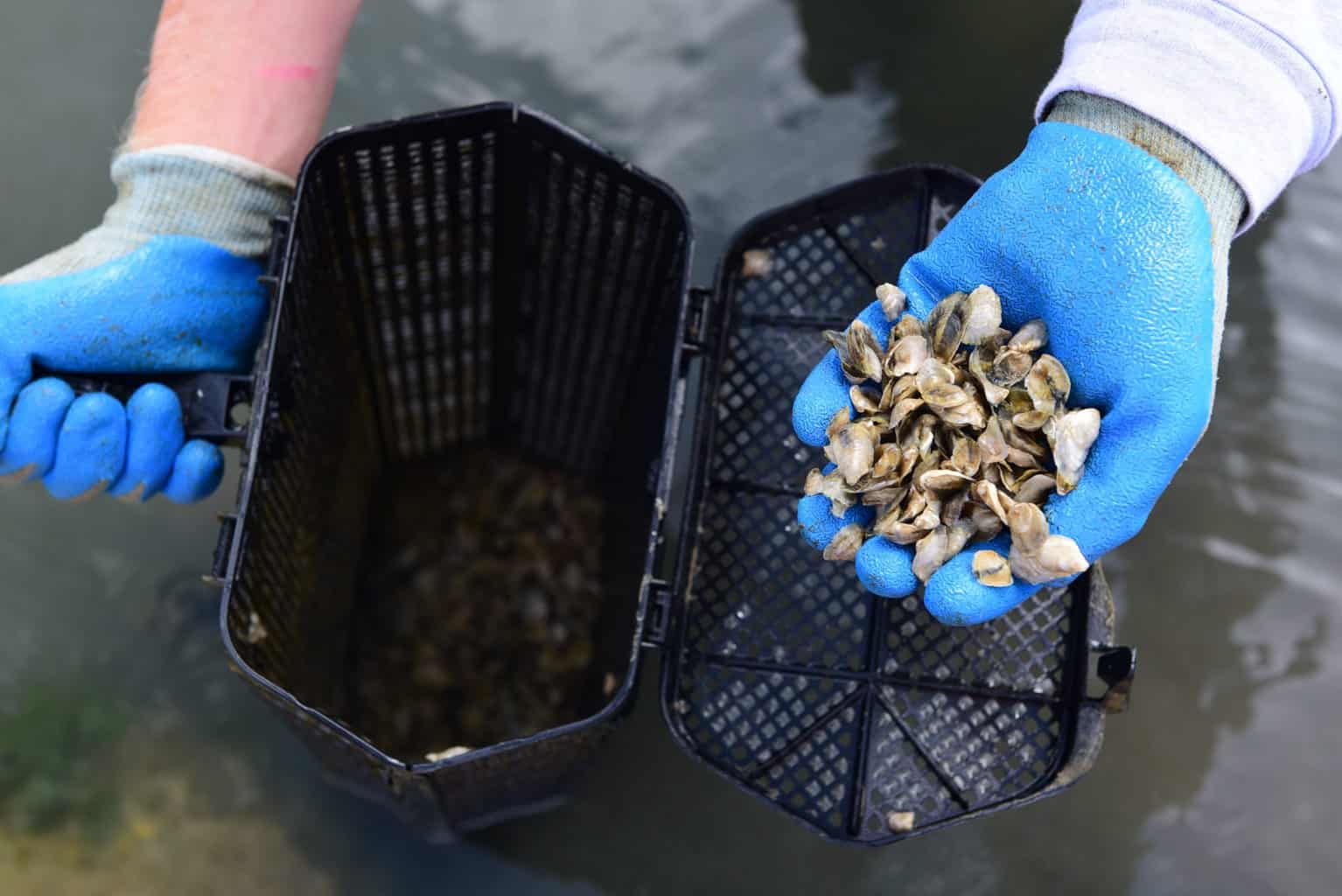You’ve probably seen it—a barge-like vessel with a slowly moving steel wheel hitched to its side, and a curved white PVC-fabric cover lined with solar panels arched across its top. And, last but certainly not least, it’s hard to miss the pair of playful, five-foot tall googly eyes on top, which brings the contraption to life.
I’m talking about Baltimore’s famous Mr. Trash Wheel. Since its launch in 2014, the anthropomorphized, self-sufficient, trash-collecting vessel has made quite the splash, appearing in National Geographic, on NBC News, and on National Public Radio, to name just a few. In 2017, Mr. Trash Wheel earned more than 400 million traditional media impressions in dozens of languages around
the world.
And for good reason. As of press time, Mr. Trash Wheel, along with his colleague Professor Trash Wheel who joined the trash-eating force in December 2016, have collected and removed about 1.5 million pounds of trash from Baltimore waters, including more than 628,000 plastic bottles, 724,000 polystyrene containers, and about 10 million cigarette butts. Lined up tip-to-tip, those cigarettes would stretch more than 70 miles or roughly a roundtrip drive from Baltimore to Washington, D.C.

“We’re making trash sexy again,” says Adam Lindquist, director of the Waterfront Partnership’s Healthy Harbor Initiative, the Baltimore non-profit that was instrumental in the Trash Wheel’s inception with creator John Kellett of Clearwater Mills, a private company.
With volunteer Baltimore dumpster divers digging into the collected trash, then counting and recording its contents to a very clever Twitter account, Mr. Trash Wheel is indeed “sexy.” What’s more, about a year ago, he got his own brew: “Mr. Trash Wheel’s Lost Python Ale,” a session India Pale Ale made by Baltimore’s Peabody Heights Brewery. The name of the beer was inspired by one of the many unusual objects that found its way onto Mr. Trash Wheel. In this case, a five-foot long West African ball python found sunning himself on Mr. Trash Wheel one summer day in 2015.
“We were surprised that it got as much global attention as it has,” says Kellett of the trash wheel’s popularity. “We get calls and emails from all over the world. When we started this whole project, we were just setting out to clean up Baltimore Harbor. We weren’t thinking this would generate the international attention that it has.”
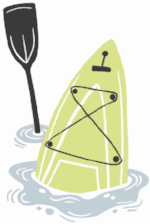
How it Began
After years of walking across the Jones Falls River every day on his way to work at the Living Classrooms Foundation, Kellett was determined to do something about the streams of trash and debris that flowed endlessly down into the harbor after a rainstorm. He went to the city, which was open to ideas for how to fix the trash problem, and he got to work.
“My first idea was to bail [the trash] like hay bales,” says Kellett, who grew up on a farm in Gettysburg, Pennsylvania. “We had an old machine on the farm that pitched the hay and was powered off its own wheels.” Kellett then expanded the idea after thinking about Baltimore’s own industrial history, powered in large part by water wheels lined up and down the river. “It’s just a new application of the historic technology,” he says.
After drawing his first sketch of the concept on a cocktail napkin at a Christmas party, (we kid you not), and after some long brainstorming with his nine-year-old son Luke, Kellett built his first prototype in 2008. Quickly he realized he’d need to make improvements, namely: He was going to need a bigger boat.
Enter the Waterfront Partnership’s Healthy Harbor Initiative, which around this time had set an ambitious goal of making Baltimore Harbor fishable and swimmable by 2020. The trash wheel fit perfectly into the Healthy Harbor Initiative’s mission and desire to rebuild the connection between the people of Baltimore and their waterfront. Together, with the help of $720,000 in public and private funds, Kellett and the Partnership were on their way to creating the first official Mr. Trash Wheel. Other than the prototype, nothing else like it existed anywhere in the world.
“To be clear: They’re not Roombas,” says Lindquist. “[The trash wheels] don’t wander around the harbor looking for trash. The way the technology works is that it sits at the very end of a watershed, the very end of a stream or river because that’s the last, best place to pick up trash in our waterways before it empties out into open water.” Mr. Trash Wheel, for instance, hangs out at the mouth of the Jones Falls River; Professor Trash Wheel at Harris Creek; and the latest addition to the fleet, Captain Trash Wheel, will be stationed at Masonville Cove later this spring. As of press time, the Captain had yet to deploy.
With millions of tons of trash drifting across our oceans, including 165 million tons of plastic alone, and 80 percent of that trash coming from land-based sources, it is far more efficient to catch that trash at the mouth of rivers like the Jones Falls before it flows out into open water, harming important species and fragile ecosystems like coral reefs. A recent, heartbreaking World Economic Forum study suggests that by 2050 there will be more plastic in the oceans than fish. The Waterfront Partnership and Clearwater Mills are doing their best to avoid that, one water wheel at a time.
How it Works
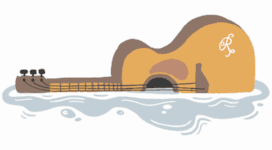
When it rains, water rushes off streets, parking lots, and other hard surfaces. It carries along any rubbish along the way—plastic and glass bottles, Styrofoam cups, cigarette butts—and deposits it into our creeks and rivers. With trash wheel technology, the debris is funneled to the front of the device by two floating containment booms that are attached to Mr. Trash Wheel and stretch out into the water like two narrow tongues.
The water wheel, powered by solar panels and the river’s current, turns rotating forks and a conveyer belt. The belt then lifts the trash caught between the booms out of the water and empties the trash into an 18-yard dumpster that sits on a separate platform attached to Mr. Trash Wheel. The dumpster can be floated away when it fills and switched out with an empty one. Though attempts have been made to recycle the trash from the river, it has proved too difficult. The trash is ultimately taken to an incinerator and burned for energy.
Wheels in Motion
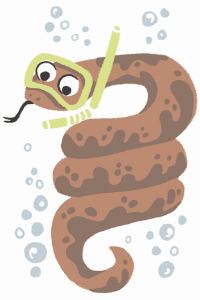
On a brisk January morning when the water was still and glassy and the cold air was heavy, I made my way to Baltimore’s Inner Harbor to see what all the fuss was about. I was greeted by Daniel Chase, Kellett’s partner and vice president at Clearwater Mills, and a pair of googly eyes that are even more delightful in person. A sailor, residential contractor, and self-described “inadvertent environmentalist,” Chase first met Kellett when his sailboat was docked next door to one of the Living Classroom Foundation’s vessels. Kellett ran ideas by Chase as he was developing the trash wheel concept and soon enlisted Chase’s help with the initial prototype.
“What really kept me involved,” said Chase, “and kept us going as a company was seeing the actual effect we had. We saw a dramatic change in the quality of the water. And when we really got going, [we started seeing] the whole benefit of the educational side of it. Kids just love this thing.”
After showing me how the trash wheels can be monitored and controlled remotely with his phone (the trash wheels operate mostly unmanned), Chase reflected with pride on a 12-dumpster weekend last summer, in which they hauled away a record amount of trash. “This thing catches everything, from cigarette butts to logs,” he says. The heaviest dumpster they’ve emptied was just under six tons, or 12,000 pounds of trash. On average, each dumpster of trash weighs roughly 6,000–7,000 pounds depending on the items collected. Pythons aren’t the only strange things they’ve come across—an acoustic guitar, kayak, and beer keg have also tangled with Mr. Trash Wheel.
Trash Wheel Victory?
“The day I came up and took a left into the Patapsco, it had rained the night before, and I was greeted by a whole mountain of trash coming down the river,” recalls Chase of a sailing trip from Florida to Baltimore about 20 years ago. While certainly the trash has not disappeared, there are noticeable signs of improvements. And in 2016, Mr. Trash Wheel collected 76 fewer tons of trash than in the previous year.
“Certainly, now you can see a tremendous difference in the harbor after a rain event,” says Kellett. “It used to look like you could walk across the harbor with all the trash and debris that came down there. We don’t see that very much anymore. On a regular basis it’s much cleaner than it’s been in the past.”
Of course, Linquist, Kellett and Chase are the first to admit that the trash wheels only address part of the problem. “They do a great job of picking up trash but it is not alone a solution to the problem,” says Lindquist. “The problem is there’s too much litter happening, too many poor waste disposal decisions happening throughout the city of Baltimore. We really needed Mr. Trash Wheel to do more than just pick up trash, we needed him to become sort of a mascot and spokesperson for the restoration of our waterways. That’s why we created the Mr. Trash Wheel persona.”
With more than 30,000 followers on social media and 50 million video views, indeed Mr. Trash Wheel is fulfilling his mascot duties.
And the world is calling. Cities and countries around the globe have reached out to Clearwater Mills and Waterfront Partnership for advice on how to tackle their own pollution problems, some wishing to replicate the trash wheel technology in their own waters. London, New York, Panama, Milwaukee, Indonesia, the Netherlands, Newport Beach, Waikiki . . . the list goes on.
“Our goal has always been to put Mr. Trash Wheel on a diet and hopefully someday let him retire to Florida,” says Lindquist. “That’s why the social media component is so valuable. That’s why Mr. Trash Wheel is working with schools and classrooms. It’s wonderful seeing so many teachers picking up Mr. Trash Wheel as part of their curriculum. Because what we’re trying to really do is change behaviors around trash and litter—that’s the ultimate goal. The trash wheel is a great way of doing something right now, but we need to be better about our waste practices in the long-term.” While an optimistic thought, we still have a long way to go before Mr. Trash Wheel’s retirement. In the meantime, the trash will still flow (though maybe a little less of it), the wheel will still turn, and those googly eyes will still glisten.
Emmy Nicklin lives in Annapolis by way of New York, Key West and Virginia. She is the Director of Digital Communications at the Chesapeake Bay Foundation.

